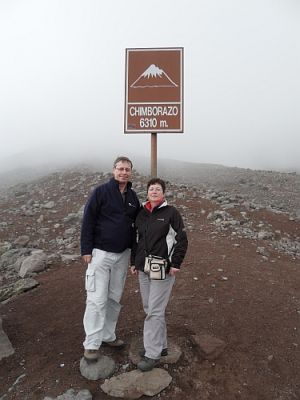

07:15 Begin van de dag. De Zon!!!!!!!
09:00 Op weg naar Nesabar.
De dag begon goed en de rest van de dag hebben wij ook geen regen gehad. Maar warm was iets anders.
Vandaag stond dus de excursie naar Nesebar op het programma.
Algemene informatie: Nesabar bestaat uit een oud en een nieuw gedeelte. Het nieuwe ligt op het vasteland en bestaat voornamelijk uit hotels. Het oude ligt op een schiereiland, dat 850 m lang en 300 m breed is.
De oude stad heeft momenteel ongeveer 3000 inwoners.
Nesebar was al in de griekse en Romeinse tijd een bolwerk van betekenis en ook later bleef de stad belangrijk. Door de ligging was de stad goed verdedigbaar. Er is veel overgebleven uit de oude tijd en het aantal kerken dat bekeken kan worden, is bijzonder groot (40), gezien de omvang van de stad. Sommige zijn nog redelijk in tact, andere zijn vervallen tot ruines. Alle kerken zijn geopend en de toegang is meestal gratis.
Met 2 bussen gingen wij op weg. onze gids was een Bulgaarse die goed Nederlands sprak en de nodige informatie over Bulgarije vertelde. Het gemiddeld inkomen van een Bulgaar is ongeveer 400 Leva per maand (in Sofia 600 Leva) en het pensioen is 150 leva. Niet veel dus. Onderweg was er een halteplaats waar men gelegenheid had om zijn sanitaire behoefte te doen (a 0,50 Leva). Veel bussen stoppen daar.
Hum .... 800 (?) mensen per dag voor een plasje, betekent een dagomzet gelijk aan een maandsalaris ???
Aangekomen in Nesebar eerst een rondleiding door de gids en een 12/13 eeuwse kerk bezocht (waar men niet mocht fotograferen (zie foto)). Daarna losgelaten in het plaatje om dit te gaan bekijken. Tja, wat moet je er van zeggen? Het is zo'n beetje de Bulgaarse variant op Volendam. Heel veel toeristen en heel veel winkels, waar je Rolexen voor 10 Leva kunt kopen.
Omdat mijn optimisme over het weer toch wel ongegrond was, een trui gekocht voor 25 Leva's en zodoende was het qua temperatuur goed te doen. Het middageten viel (voor mij) in het water. Volgens het menu zou het schol zijn, maar wat er opgediend werd waren gefrituurde graten (rog ?). Afijn, ober mompelde nog zoiets als foutje op de kaart, maar voor de rest werd er niet veel aan gedaan.
Op de terugweg weer langs de sanitaire stopplaats (goed voor de dagomzet) en daar een heuse Leffe blond gescoord (het is vakantie nietwaar?).
Om 18:00 weer terug in hotel.
Krooder groep doet goed zijn best: Op het einde van de avond Ammaretto op en Baileys op.
Klik op titel voor de foto's
 Het weer is prachtig en vanuit het hotel zijn wij een gemarkeerde route gaan lopen door een Nationaal park.
Het weer is prachtig en vanuit het hotel zijn wij een gemarkeerde route gaan lopen door een Nationaal park.































